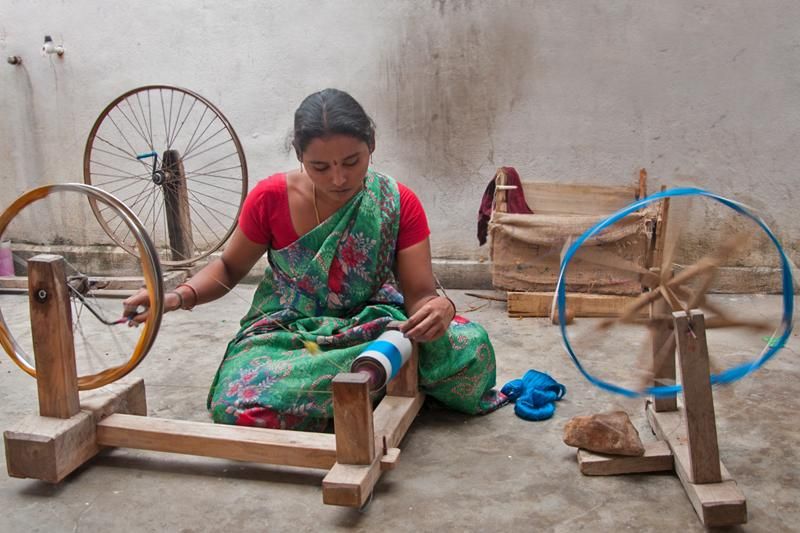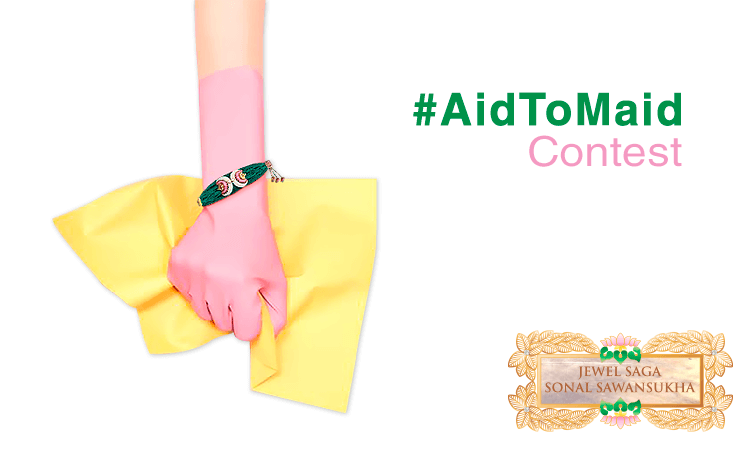Rice Historian Sheela Balaji Tells Us The Story Of 30 Indigenous Rice Varieties
- IWB Post
- February 21, 2019

Did you know India is the largest producer of white and brown rice in the world?
Accounting for 20% of the world’s rice production today, this staple grain that was discovered 10,000 years ago, with over 1,10,000 varieties, has only 6,000 left in our country.
This drastic fall occurred due to the green revolution in 1970 which emphasized on the monoculture and growing of hybrid crops as discussed by Sheela Balaji in an interview with IWB.
Chairperson and Managing Trustee of NGO AIM For Seva, Sheela Balaji took upon herself to revive the lost variety of rice and encouraged farmers to cultivate them again.
What is your first memory of gardening?
I have always been a city person but for the last fifteen years I have been growing rice and educating people about organic farming. When I came to work in Manjakkudi, a village situated along the Cauvery belt, all I could see around was paddy. For the last five years, I have been conducting the paddy festival to persuade the farmers to give up on growing the hybrid varieties of rice.
Well, I don’t have an amazing gardening memory but it always thrills me to eat the rice I had grown myself.
An interesting discovery you made during your research about the types of rice?
Rice is really the cream of all grains. What intrigues me most is that nobody can ever be allergic to rice. Rice is one of the most important crops in our country and is an integral part of our culture.
In our country when we bless a couple, and the girl leaves a house, she throws rice. Also, when a baby is born, we feed him/her with boiled rice. In fact in Tamil Nadu, when a person dies, we put them in paddy. So here, rice basically stays with a person from birth to death.
Share a conversation with a farmer who was initially unwilling to take up organic farming?
I once saw a farmer who barely had 2-3 acres of land and whatever he produced in that space, he and his family had to do away with that. So when I asked him to grow indigenous rice while taking up organic farming, I learned that where he could grow 25 bags of rice in the former, he would only be able to harvest 18 bags in the latter.
I did not give up and explained to him that he was getting exposed to the dangerous pesticides. I also told him how if we grow indigenous rice, the seeds will stay longer and eventually they would also get a better price.
Talk about the struggles that brought you where you are today?
There have been several difficulties in this journey, but every minute has been worth the hassle. When I started there were not many people willing to listen to me or share my ideas. I began by collecting varieties of rice at Paddy festivals. Having started with just four varieties of rice, I have preserved nearly 30 varieties in the last four years.
Gradually, I researched about the different nutrients and medicinal values that the variety of rice contained. After gaining some rice wisdom I decided to grow only indigenous varieties of rice in the 40 acres of land that belonged to the NGO.
Similar to the festival I attended in a nearby village called Adirangam, I conducted the fair in Manjakkudi in 2013. I used to interact with over 500 farmers each year that helped me in collecting indigenous varieties of seeds.
Were there any moments when you wanted to give it up?
No, never. In fact, every time I failed, I got even more determined to move further.
If you had to point a finger at one kind of rice that you enjoy the most, which one would it be?
Iluppai Poo Champa is my favorite. Illuppai Poo means Mahua flower, and so it has a delicate flavor of the flower.
Though all the varieties of rice have their delicate flavor, this is my favorite.
What really? I did not know that rice has its natural flavor too? I thought it depends on what is added to it and how it is cooked!
What are some of the problems your farmers shared with you?
Farmers today, are a very frustrated and cynical group. They feel the government has not listened to their demands well. The government has only helped by giving loan waivers. Whereas what the farmers want is a source of water and access to markets.
By giving them freebies, the government is only making them lazy.
We also read that you provided aid to the victims of the Tsunami of 2004. Share with us that experience.
I was working in a small village when Tsunami hit our country. In that village, I provided temporary shelters, built a community hall and rebuilt a temple. Every year two to three students come and join our school and college in Manjakkudi.
What does future hold for your store, Spirit of the Earth?
The Spirit of Earth signifies our homage to our Guru, Swami Dayananda Saraswati. Through Spirit of Earth, we invite more and more people to grow indigenous rice and help the farmers too.
Connect with Sheela here and here.
This article was first published in July 2017.
- 0
- 0














Pingback: Indian Women Blog (indianwomenblog) | Pearltrees